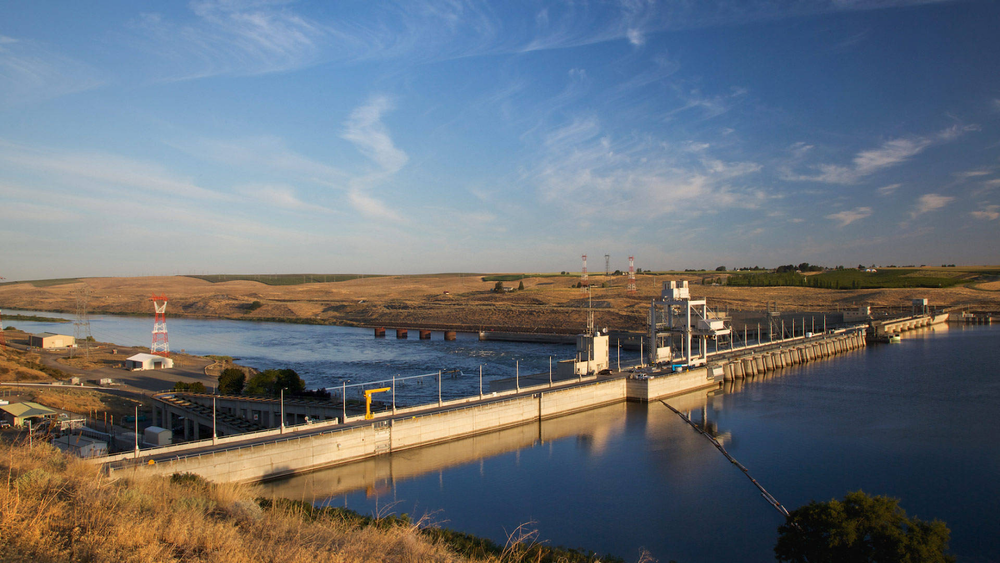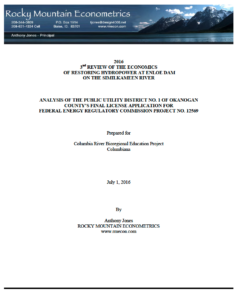TAKE ACTION: Public comment period open for Murray / Inslee draft report

Ice Harbor dam on the Lower Snake River. Photo credit: Matt Stoecker
Salmon recovery efforts in the Northwest received high profile, nationwide attention last week as Senator Patty Murray and the Governor Jay Inslee of Washington released their Lower Snake River Dams: Benefit Replacement Draft Report. The report finds that replacing the four Lower Snake River Dams (LSRDs) is possible, and science has long shown it is necessary in order to recover dwindling wild Snake River salmonid populations.
Breaching the LSRDs is critical to recovering wild salmon and steelhead runs to healthy and harvestable numbers, addressing long-standing tribal justice issues, while reinvigorating sport and commercial fishing economies.
The draft report notes that change to the Lower Snake-Columbia system is inevitable. The aging, inefficient LSRDs will be unable to provide the same power generation flexibility as a diverse set of clean energy alternatives in a changing climate with hotter temperatures and lower river levels. Power generation at the dams is also constrained by mandates to spill water to aid salmon migration and litigation related to heat pollution caused by the LSRD reservoirs.
The cost of replacing the services of the dams would be up to $27.2 billion, the draft report finds, and would include investments in a reliable, affordable clean energy grid, alterations to irrigation, and updates to transportation infrastructure, in order to shift grain from barges to rail lines and trucking while ensuring shipping costs remain competitive.
While the price tag may seem high, the federal government has already spent $24 billion (adjusted for inflation) since 1980 on recovery measures that have left endangered wild Snake River salmon runs in much the same state, and increasingly vulnerable to climate change.
The potential tied to salmon recovery and river restoration is too great to pass up, and the threat of inaction to our rivers, communities, and wild salmon is too real to ignore.
Our elected leaders now face a choice – continue to pour money into a litigated, aging system which is a major biological bottleneck for salmon recovery and in violation of tribal treaties,or agree to a regional plan that removes the LSRDs in order to recover wild salmon runs, while also investing in Northwestern communities, infrastructure, and a clean energy grid.
The downside of maintaining the status quo will perpetuate tribal injustice, leave salmon runs on the edge of extinction, and repeat the cycle of litigation, all culminating in an expensive system that provides less and less to those that rely on it.
The potential tied to salmon recovery and river restoration is too great to pass up, and the threat of inaction to our rivers, communities, and wild salmon is too real to ignore.
Murray and Inslee are accepting public comments on their draft report until July 11th. By the end of July a final report will be published, informing the Washington leaders’ recommendations surrounding salmon recovery.
TAKE ACTION:
Be sure to submit a comment and provide strong support for breaching the LSRDs in order to recover wild salmon.
Northwest members of Congress and federal government officials need to hear from their constituents on the importance of wild salmon recovery and the urgent need for a new, collaborative way forward, take action here.


